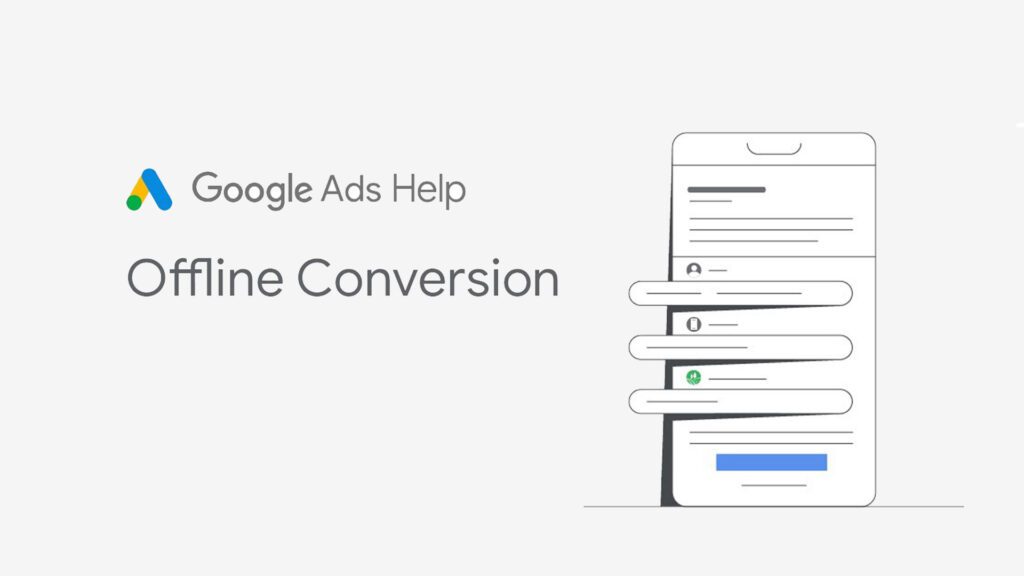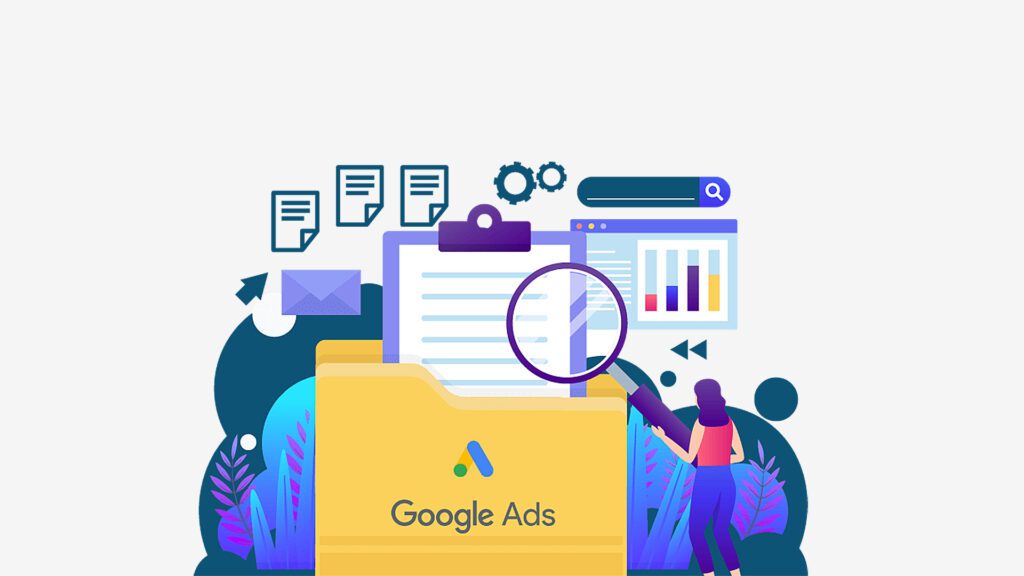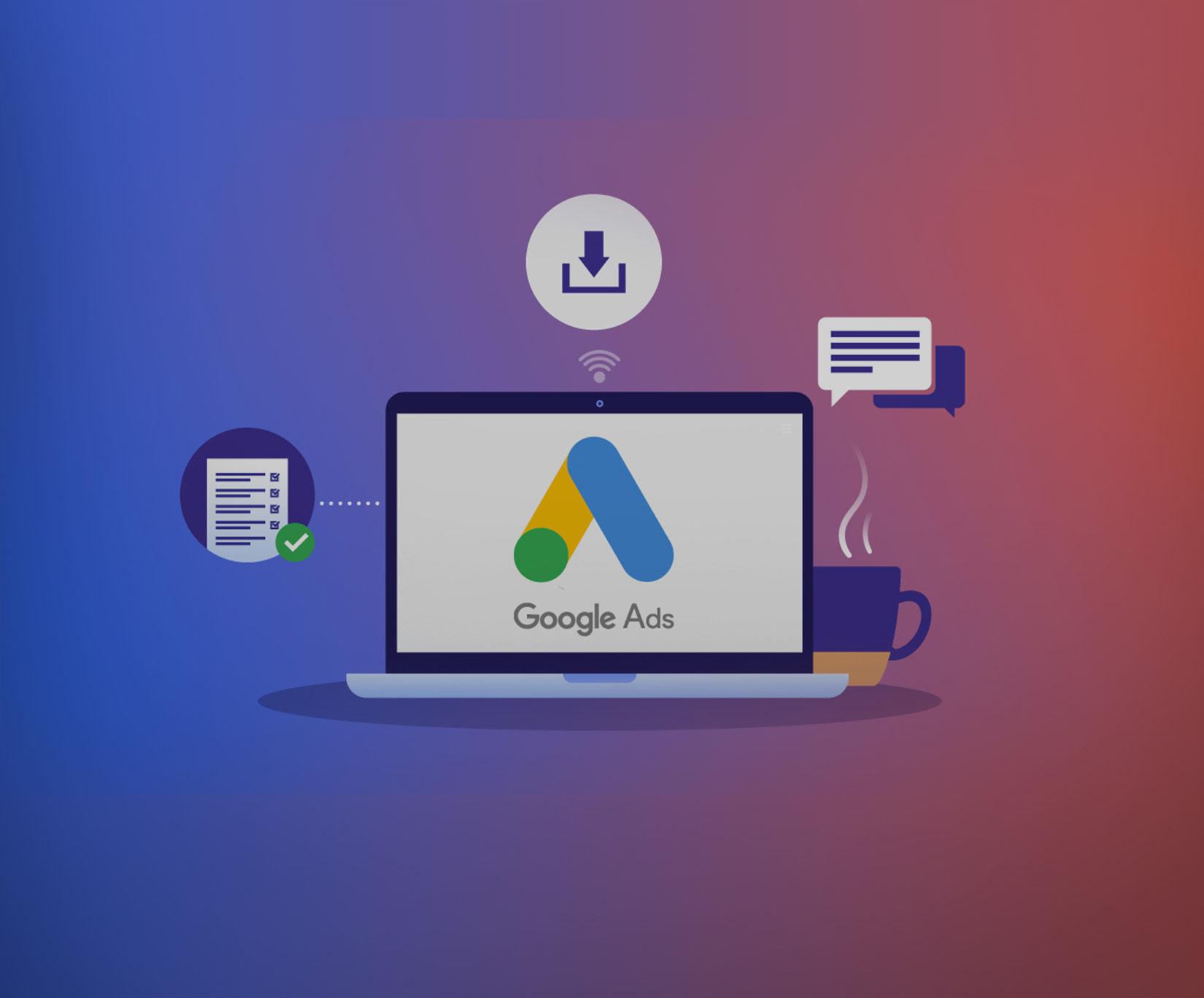Almost a generation has passed since the advent of digital marketing. In our parents’ day, marketers relied heavily on traditional media to influence public opinion and behavior. However, the Internet has created a new world where activity and attention can be tracked, even offline.
Google is an influential player that has had a significant impact on the creation of the Internet more than any other company. Perhaps the key to Google’s unmatched success is its ability to show you what you get for your advertising dollars; in other words, you can track online or offline conversions.
Below, we’ll discuss some beneficial tips that can make Google ads offline conversion tracking more effective. Let’s get started.

Adding Values to Conversions
When it comes to Google ads offline conversion tracking and using analytics, every resource counts. CRM platforms usually offer some insights about user interaction but if you can’t get the actual and dynamic values from CRM, use google calculator to estimate conversions.
The estimations may not precisely match algorithms results, but they still help direct your marketing efforts. Estimated values tell us how much every single conversion is worth. In other words, it determines the conversion quality in terms of cost per conversion. Then you can establish a machine learning system adjusted to the value-based bidding strategies.
One of the well-known automated bidding strategies is the target return on ad spend or target ROAS. Target ROAS is the average conversion value (for example, revenue) you’d expect to gain for each dollar you spend on ads. Target ROAS directly impacts the volume of your conversion.
If you can’t plan to run an automated bidding strategy or maximize conversion value, you can set the value in the beginning and keep track of the progress. And you can always put a few bucks aside when your traffic needs a boost to improve your conversion volume.
Optimize for all Funnel Stages
Your marketing funnel describes the journey customers go through from the initial contact to the final purchase and customer satisfaction. The four main steps in a marketing funnel are awareness, evaluation, purchase, and delight.
In the Google ads offline conversion tracking process, you must optimize each aspect and find the loopholes and weaknesses throughout the customer journey from the moment they know about your services and products to their final feedback and user experience.
The holistic approach to marketing highlights each phase’s importance in generating actionable insights from conversion data and boosting your online/offline conversion.
Although most of the time, you need to prioritize your specific tactics. Each stage requires a lot of time and investment to reach its full potential. Still, if you can endure some performance fluctuation, you can take a risk and rearrange your advertising strategy across the four stages simultaneously.
This is also a good strategy for new accounts or accounts that have experienced a very low performance and conversion rate for a long period. Otherwise, try one bidding change at a time to single out the impact of each effort, and manage account volatility.
Each tactic change should continue for more than two weeks before deciding whether you are on the right track. If you are working on a shoestring budget or have experienced conversion lag, you can extend the time to see better results.
Optimize the Lowest Conversion Point
Following the holistic approach, you can start with event-based optimization and work on the lowest possible point in the funnel. With Google ads accounts, you can create custom columns in the Ads interface and get separate visualized analytics for each campaign.
Review each report and evaluate your event-based performance, but keep in mind that keywords have different values. For instance, high-intent terms often grow your pipeline faster than other keywords.
Moreover, optimization objectives and bidding strategies match in each funnel stage to improve the campaign’s outcome. According to Google, custom goals in campaigns might decrease the efficiency of your bid strategy, but if you manage to collect reliable analytics, they will improve your conversion quality.
Optimize Lower-Funnel Results
Once you have finished Google ads offline conversion tracking and evaluating online/offline conversion results throughout the funnel and optimizing them for each stage, you can take your ad campaign further and optimize for lower points in the funnel.
The best practice here is to create only one change at a time to isolate the impact and weigh its costs against benefits to figure out whether each tactic can be used across the funnel or not.
For instance, keep the target cost-per-action intake and optimize the Marketing Qualified Leads (MQL). Once you fully understand its tactical impact, test another variable in a separate optimization.

Use Value-Based Bidding in Adwords Offline Conversion Tracking
Value-based bidding (VBB) is an excellent way to help machine learning understand the true value of conversions to your business. VBB often comes alongside two other strategies: Max conversion value and target ROAS (Troas).
With these smart bidding strategies, you can automatically customize bids and predict their potential value when users search for your picked keywords. Like pretty much every other bidding strategy, you may experience some temporary performance fluctuations, but there is nothing permanent or detrimental to worry about.
Bottom Line
Saving money, Adwords offline conversion tracking, boosting online/offline conversions, and controlling automated systems are three principles of digital ad campaigns. But at the end of the day, advertising is an investment, and there is no risk-free investment. You can collect research-based analytics and actionable data to minimize mistakes, but you also need some patience and resilience to reap the benefits.
For more such blogs, Connect with GTECH.
Related Post
Publications, Insights & News from GTECH








